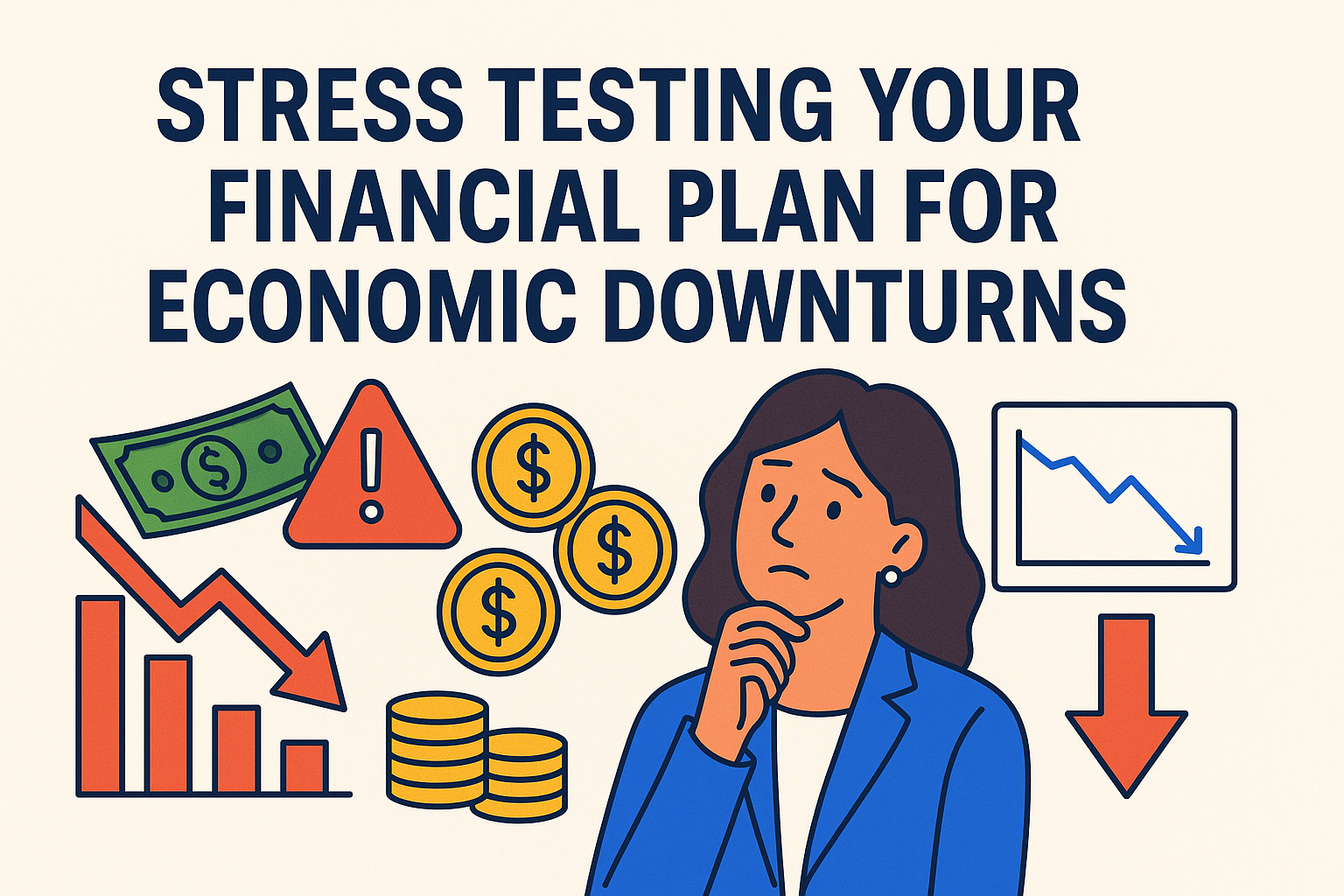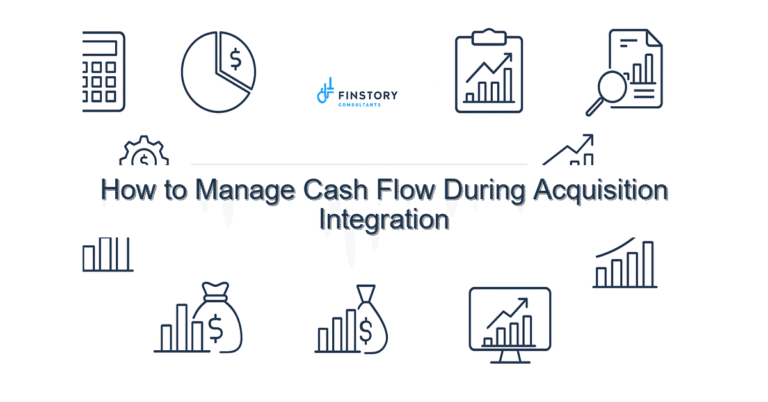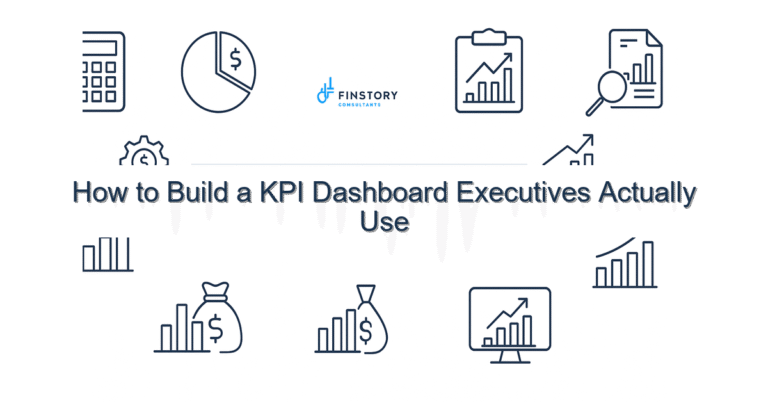Will Your Business Survive a Storm? How to Stress Test Your Financial Plan
Business is booming. You’ve got recurring revenue, stable vendors, maybe even a waitlist.
But what if… things change?
- A key client pauses their contract
- Costs rise 15% overnight
- Sales dip unexpectedly
- Payments slow down by 60 days
Stress testing your financial plan doesn’t mean assuming the worst—it means being ready if the worst comes knocking.
What Is Stress Testing?
Think of it like a financial fire drill.
Stress testing is the process of running “what if” scenarios on your financial model to see how your business would perform under pressure—like a downturn, recession, or unexpected loss of revenue.
It answers questions like:
- How long could we operate with 30% less revenue?
- What expenses would we cut first?
- When would we need outside funding?
Two Founder Moments
1. The Digital Agency That Stayed Ahead
A creative agency ran quarterly stress tests simulating late payments and a 20% drop in projects. When COVID hit and marketing budgets were slashed, they’d already rehearsed that script. They paused hiring, cut discretionary spend, and preserved 8 months of runway—without panic.
2. The Product Startup That Wasn’t Ready
A consumer brand expanded quickly, assuming steady growth. When supplier costs jumped and one major wholesale partner delayed payments, cash got tight. They scrambled to downsize, but had no plan for what to cut. A 2-month dip turned into a 9-month recovery.
How to Stress Test Your Plan (In 5 Practical Steps)
1. Pick Your Stress Scenarios
Start with 2–3 “what ifs” that reflect real risks:
- Revenue drops 20–40%
- Payment cycles extend to 60–90 days
- A key expense (like COGS or shipping) increases
- A major client churns
- Payroll increases unexpectedly
2. Build Your Base Model First
You need a clear, current forecast of:
- Revenue
- Fixed + variable costs
- Cash on hand
- Burn rate
This gives you your “normal” to test against.
3. Apply the Scenarios
Use simple formulas or tools (Excel, Google Sheets, or FP&A software) to plug in the variables:
- What’s cash flow look like 3, 6, 9 months out?
- Do you stay cash-positive or go negative?
- How long is your runway?
4. Plan Your Responses
If your scenario hits:
- What expenses can you pause, cut, or delay?
- Can you renegotiate contracts?
- Can you tap emergency funding?
Document what you’d do before you need to.
5. Review Quarterly
Stress tests aren’t one-and-done. Run new ones as your business, market, or economic conditions shift.
Where a Virtual CFO Can Help
A Virtual CFO sees the full picture. They can help:
- Spot realistic risks you might miss
- Build layered “what if” models (not just one variable)
- Monitor key metrics that indicate early signs of trouble
- Act as a calm voice during uncertainty
They don’t just help you prepare—they help you avoid the cliff entirely.
Final Word: Hope Is Not a Strategy—Preparation Is
You can’t control the economy. But you can control how prepared you are for the next surprise.
What would your business look like in a worst-case scenario?
Run the numbers now—so your future self doesn’t have to scramble later.






